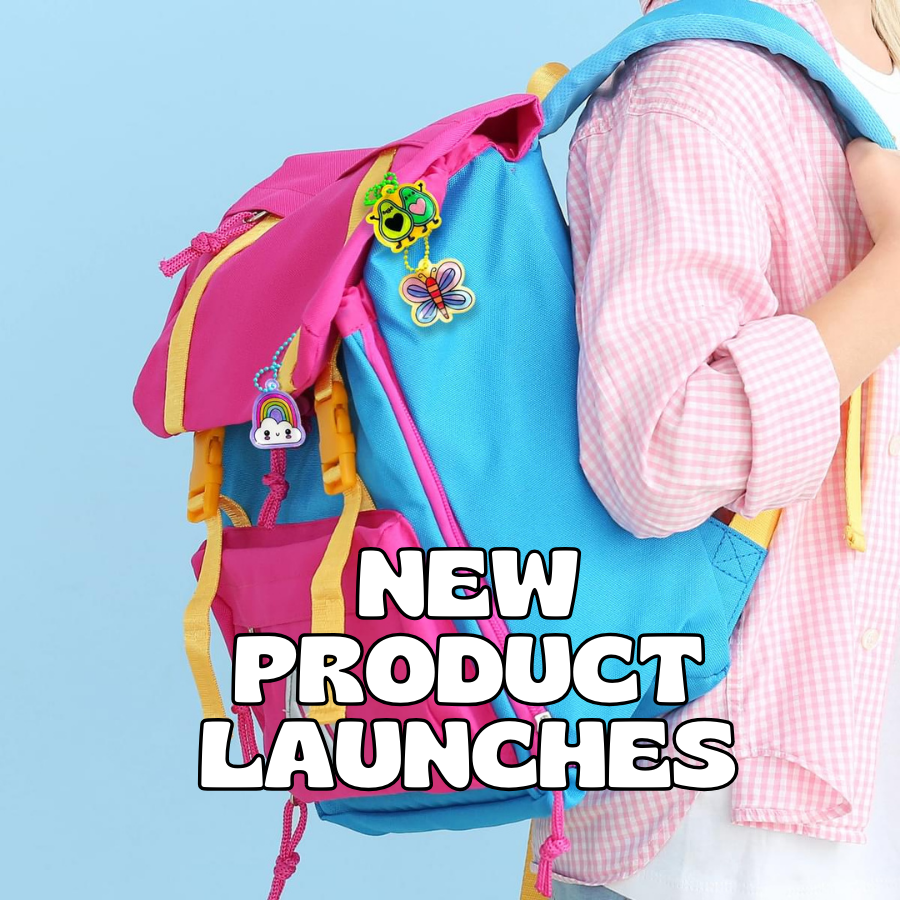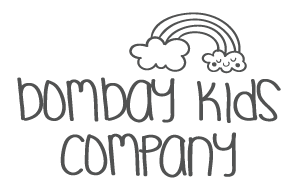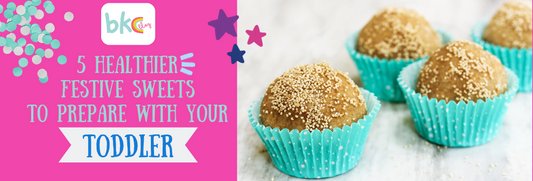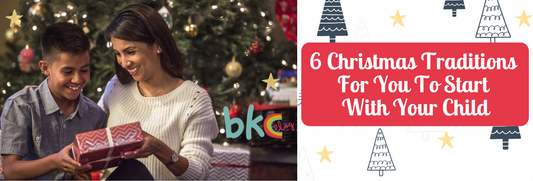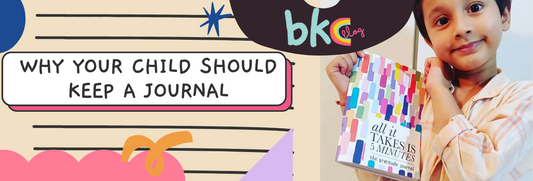Our children will inherit this world once they grow into adults. They will become its caregivers – possibly even policy makers and activists. The lessons they learn today will affect their decisions tomorrow. Founder of educational book series Zayn & Zoey, Yuti Jhaveri speaks about the importance of beginning their environmental education early.

As parents, it is our moral responsibility to set our children up for a good life. You gotta start ‘em young when it comes to teaching them to respect themselves, their family, friends, and acquaintances; but most importantly, the nature they live in.
While it may be convenient for many parents, including this writer, to engage their child in games and screen-time indoors, it is necessary for kids to spend time outdoors. Studies show that children who spend time outdoors are happier and better at paying attention.
Through this article, we talk about the benefits of early childhood environmental education. In conversation with Yuti Jhaveri, a young mommy and founder of children’s educational book series, Zayn & Zoey, we discuss how a parent can introduce their children to the workings of nature.
Why Early Environmental Education?
Before we start, we need to first understand what constitutes early childhood environmental education. This is when children – from birth to at least eight years of age – learn about the environment through play-based, nature-rich experiences. For this, young children are encouraged to explore the nature around them and taught to practise sustainable habits.
Naturalists and conservationists advocate environmental education from early childhood because it has lifelong impacts. “We teach our children to respect our home, the people we live with, and the things we own,” says Yuti. “However, our home goes beyond four walls; it includes all of the environment. We take from it, and therefore, it is our moral duty to respect it. The earlier you teach this to your child, the better the foundation, and the longer the lessons last.”

Learning to appreciate and respect the natural world establishes a fascination towards it. Who doesn’t get excited for butterflies and flowers! Numerous studies have pointed out that this excitement gives way to empathy which then sets the stage for environmental consciousness.
As the decision-makers of tomorrow, it is essential that children develop continued critical thinking with regard to their “home” from an early age. But this is not the only lifelong impact.
There are significant behavioural gains from unstructured outdoor play. The positive outcomes, which is the result of the quality time kids spend outdoors, include cognitive development (cognitive functioning, academic content, and creativity), social and emotional development (social-skills, self-regulation, and sense of autonomy), physical development (increases in level of physical activity and physical skills), and language and literacy development (language skills and language concepts). Don’t believe us, a paper published by Stanford scholars in 2020 found that 35 environmental social science studies – done between 1995 and 2018 – reported these outcomes in infants and children who had nature-rich experiences throughout their lives.
How Can You Start Teaching About Nature?
1. Start with Books
As with most things, well-researched books are a convenient, informative, and reliable resource to initiate young children into their learning journey. While there are concepts that your child will eventually study as part of their curriculum, supplementing that knowledge with child-friendly, brightly illustrated books will bring the subjects to life.
Attesting to the importance of well-made illustrations, Yuti says “The Zayn and Zoey series of books are all illustrated so beautifully that one can use them to engage with children of all ages.”

While a lot of the concepts and terms may be too advanced for a toddler, there are books that children as young as two to six years of age “may be able to retain and understand better”. Referring to their catalogue, Yuti adds “We have three books dedicated specifically to the environment – Reduce-Reuse-Recycle, Learn About Solar Power, and Rainwater Harvesting. Books like Endangered Animals and The Rainforest talk about the importance of respecting and saving our environment.”
2. Start Certain Practices
What’s the next step? “Practise what you preach!” says Yuti. “Everything starts with actions – whether in school or at home. It’s the same for a toddler as well as a preschooler. The situations and examples may differ slightly based on context and surroundings,” she explains.
Children learn best by imitating and observing the adults in their lives. Yuti suggests starting small, “There are small examples that we can implement to our daily life to help ingrain environmental awareness from the beginning.”
When we ask her about some of the ways she’s tried to introduce environmentally friendly habits to her child, she says “The pre-school that my toddler goes to re-uses the reverse sides of paper for kids to do their artwork. We follow the same at home for my older one too. We don’t start a new notebook until one is finished. We try to use everything even if we don’t like it much.” Recalling her own childhood, Yuti adds “I also grew up listening to my father repeatedly telling us to switch off the lights and fans while leaving a room. It sounded annoying at the time, but we realise the value now.”

But is that enough? How much difference do such small acts make in the long run? When it comes to encouraging conscious thinking about the environment, these small, mindful acts do make a difference. As adults your child will be more invested in policies that affect the environment and be more inclined to make willing changes when needed, such as adopting recycling practices or rethinking consumption habits.
In Yuti’s words, “While we may be just one drop in the ocean, every drop of change counts!”
3. Connect Practical & Theoretical Knowledge
Children often grow disconnected from what they learn in books when it is not grounded in their lived reality. Practical experience only solidifies theoretical knowledge. Reflecting on the importance of connecting theory to practise, Yuti says “Most of our books come with additional activities for children to engage in. We believe that this extension helps them continue to engage with the concepts from the book, and hence retain it better.”
“Like I mentioned earlier, we need to put our learnings to action. Real-life examples and visuals work the best. For instance, on many of our treks we see old water storage tanks on top of the mountains, where the forts were. My daughter was learning about this in school, and it perfectly supplemented that – to see it in real life. It’s a little more effort, but I think as parents we need to make that effort to help children relate to things better,” she elaborates.

Some books that encourage lateral thinking and a healthy curiosity are the Lifecycle Set, The Water Cycle, and Learn how Paper Is Made. The books add context to natural phenomena and everyday items that children interact with but might not understand.
How to Talk About Climate Change?
Talking to kids about environmental degradation is not an easy affair. It shouldn’t be.
Swedish climate activist Greta Thunberg famously said: “When I was about eight years old, I first heard about something called climate change or global warming… It was too unreal. So when I was 11, I became ill. I fell into depression, I stopped talking, and I stopped eating.”
Shielding kids from the topic doesn’t do anybody any good either. It is their future after all. What is required is a sensitive conversation with your little one. You can use any nature-related scenario in your household to talk about sensitive climate topics. For example, when you ask your child to not waste water, you could explain to them that water is precious and how many parts of the world don’t have access to clean water.
If you have been reading this article this far, we don’t need to tell you again that many many books are available to help you educate your child about climate change. For instance, Learn How Paper is Made discusses how paper is made from fallen trees and the need to recycle paper to save forests and prevent landfills.
Here is a video that explains about climate change in an age-appropriate manner:
How to Address Sensitive Questions About Climate Change?
If you’re wondering if these concepts are a little too complex or bleak for your child, don’t worry. Kids are observant. Chances are they might even know a thing or two about climate change. Here is what you can do to supplement their knowledge: answer their questions. However, be mindful that you don’t scare them.
It is highly likely that your child may get sad once they hear about the deterioration of environmental resources they have come to love. While this is inevitable, you should help your child channel this positively. “In the Reduce-Reuse-Recycle, the children are sad when they learn how human actions have dangerously affected the environment,” says Yuti. “While their teacher allows the kids to feel sad, she reminds them of the things they can do to help make things better. We have to deal with this similarly.”
When you are raising an environmentally conscious child, the focus is on action. You don’t need to make grandiose plans to change the world; small changes in your corner of the world work wonders. “These are very simple everyday things that we sometimes overlook,” says Yuti. “Use paper consciously, segregate waste, reuse things such as delivery boxes and plastic bags, use notebooks till the very end, switch off lights and fans when not in use.”
Irrespective of what your child dreams to be when they grow up – be it a climate activist or a teacher or a pilot – it is important to raise them to be conscious and mindful of the environment they live in. Early environmental education is crucial now more than ever. It is the least we can do, as parents, to set our children and their future generations up for a green, safe world.
